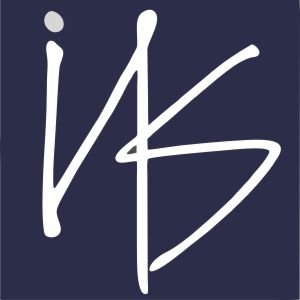Tamara LAH TURNŠEK
Dr. Tamara Lah Turnšek’s collaboration partners are pharmaceutical companies such as Oncogene Science, Ltd., Cambridge in the USA, Novartis Lek, and KRKA, Inc., from Slovenia. Based on the pre-clinical research of dr. Lah Turnšek and her colleagues at the J. Stefan Institute, KRKA, for instance, set up its Department for the production of immuno-diagnostics in Ljubljana in the late 1990s. Another field of application was the development of natural products for the prevention and treatment of cancer. Dr. Lah Turnšek has a long-term contractual relationship with the Pivovarna Laško, where she focuses on developing beverages and beers based on antimutagenic additives derived from hops. Today, Dr. Lah Turnšek is strongly committed to applying research on medical cannabis in collaboration with the multinational company MGC Pharmaceutical. As a long-term director of the National Institute of Biology, she has actively promoted and personally supported NIB spin-off companies, such as BioSistemika d.o.o. (http://www.biosistemika.com), today a successful company with over thirty employees and a subsidiary in the USA.
Najpogostejši možganski tumor glioblastom kljub dosežkom moderne medicine ostaja odporen na terapijo. Danes spoznavamo pomen interakcij rakavih celic z nerakavimi celicam, kot so mezenhimske matične celice, ki lahko pospešijo rast in invazivnost tumorja. Te celice mikrookolja tumorja lahko pospešijo invazijo določene podvrste celic glioblastoma. Levo: skupek glioblastomskih (U87 in U373 celic) in mezenhimskih matičnih celic v sferoidnih kulturah. Desno: Skupek U373 translociran v možgane rib cebric invadira v okolje in hrbtenjačo.
Despite the advances in modern medicine, the most common brain tumor of glioblastoma remains resistant to therapy. Today we recognize the importance of cancer cell interactions with non-cancer cells, such as mesenchymal stem cells, which can enhance tumor growth and invasion. These cells in the tumor microenvironment can accelerate the invasion of a particular subtype of glioblastoma cells. Left: a cluster of glioblastoma (U87 and U373) cells and mesenchymal stem cells in spheroid cultures. Right: a cluster of U373 cells transplanted into the brain of a cerebellum.
1947 born in Ljubljana
1971 Degree on organic chemistry, University of Ljubljana (UL)
1974 Master’s on cysteine cathepsin S in calf lymph nodes & Jožef Stefan, Ljubljana,
1975 Clinical researcher, Pediatric Clinic, UMC Ljubljana
1983 Doctorate on protein structure UL
1984 Assistant professor, Wayne State University, USA
1991 Visiting professor, Albert Einstein Medical Centre
1995 Director of National Institute of Biology
1997 Head of Department of genetic toxicology and cancer biology
2018 Research Programme leader and advisor
Important Works
T. Lah Turnšek, I. Kregar, and D. Lebez (1975) Acid sulphydryl protease from calf lymph nodes, Biochimica et Biophysica Acta 403(2): 514-520.
T. Strojnik, J. Kos, B. Židanik, …, and T. Lah Turnšek (1999) Cathepsin B immunohistochemical staining in tumour and endothelial cells is a new prognostic factor for survival in patients with brain tumours. Clin Cancer Res 5: 559-567.
N. Podergajs, H. Motaln, U. Rajčević, …, and T. Lah Turnšek (2016) Transmembrane protein CD9 is glioblastoma biomarker, relevant for maintenance of glioblastoma stem cells, Oncotarget 7:593-609.
Selected Awards
2018 Decoration of Rio Branco; the President of the Republic of Brasil honoured Tamara Lah with the highest State Republic of Brasil award for scientific cooperation between Slovenia and Brazil
2012 Lapanje award for scientific excellency from Slovenian Biochemical Society
2010 Spinoza award for excellence in science from University of Amsterdam, Netherlands
2020 Zois Lifetime Achievement Award


